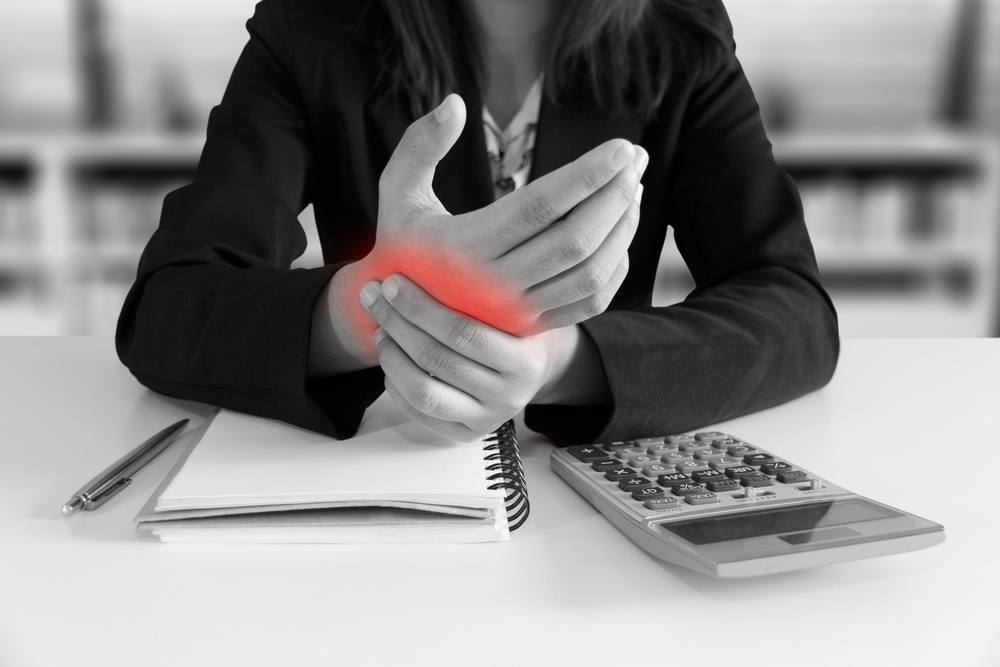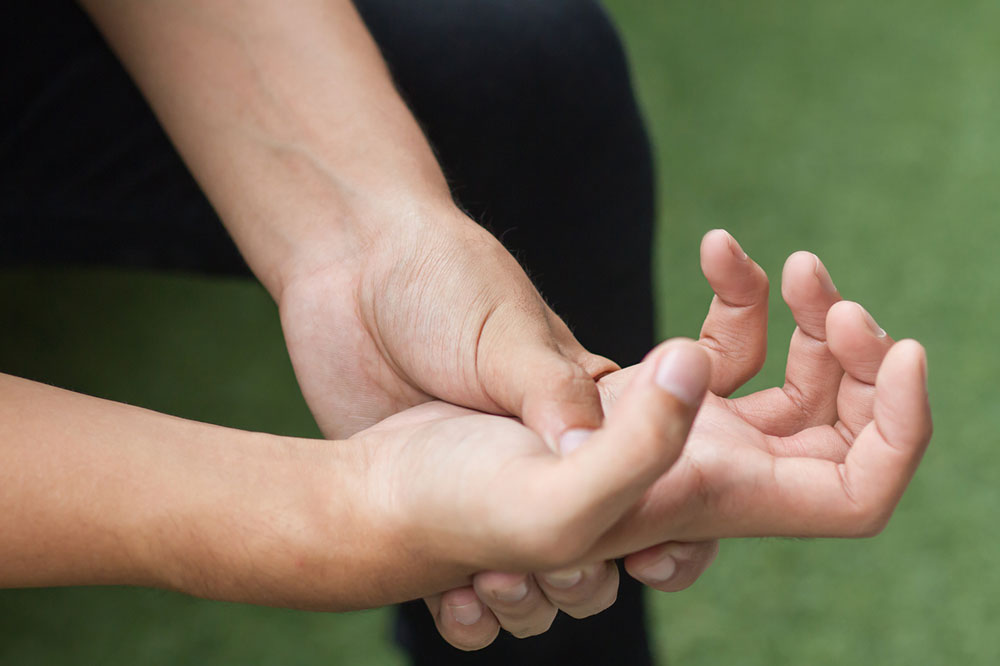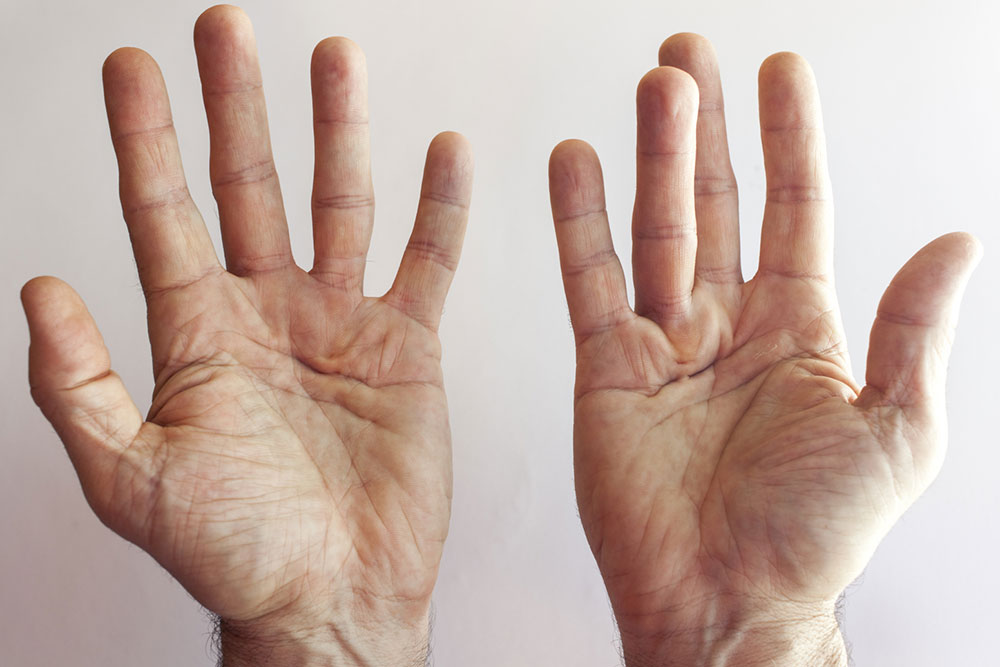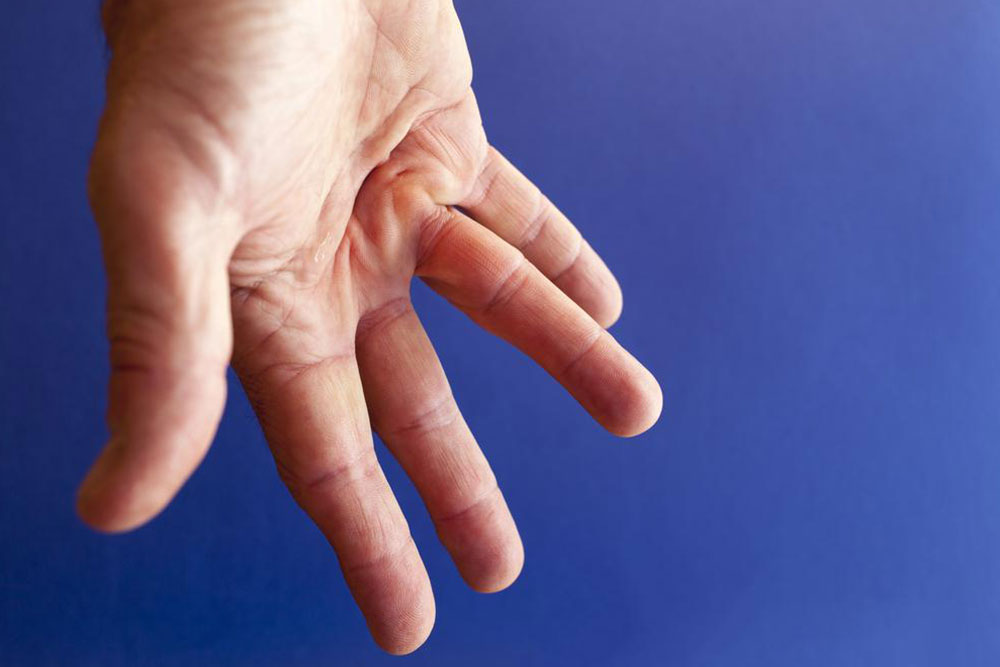A Complete Overview of Dupuytren’s Disease: Causes, Symptoms, and Modern Treatment Options
This comprehensive article explores Dupuytren’s disease, covering its causes, symptoms, risk factors, and available treatment options. It emphasizes the importance of early diagnosis and discusses both surgical and non-surgical management strategies, providing valuable insights for patients and healthcare providers alike. An in-depth understanding of this common hand condition can help in timely intervention, preventing severe deformities and improving quality of life.

Understanding Dupuytren’s Disease: Causes, Symptoms, and Effective Treatments
What Is Dupuytren’s Disease?
Dupuytren’s disease, also known as Dupuytren’s contracture, is a common hand condition that primarily affects the palm tissue, but it can also extend to the fingers, soles of the feet, and, in rare cases, the penile tissue. It predominantly manifests as a benign, inherited disorder that progresses slowly over time, leading to thickened cords under the skin. These cords cause the fingers to bend inward, impairing hand function, especially gripping and grasping abilities. Although it is generally painless, the physical deformity can significantly impact daily activities and quality of life. Importantly, Dupuytren’s disease is not life-threatening, but its progressive nature warrants medical attention and intervention.
The Development and Progression of Dupuytren’s Disease
In its early stages, Dupuytren’s disease begins with the formation of painless lumps or nodules under the skin of the palm. These nodules are soft initially but tend to harden over time.
As the disease advances, the affected tissue forms fibrous cords that pull the fingers toward the palm, causing contractures and limited extension.
Key Facts About Dupuytren’s Disease
It is a hereditary condition, meaning genetic factors play a significant role. Individuals with a family history of the disease should be vigilant about early signs.
The typical progression begins with painless lumps but can evolve into rigid cords that restrict finger movement, potentially leading to permanent deformity if untreated.
The precise origin of Dupuytren’s disease remains uncertain, but research indicates a combination of genetic susceptibility and environmental factors contribute to its development.
Who Is Most Susceptible?
Notable figures, such as former UK Prime Minister Margaret Thatcher and American President Ronald Reagan, have publicly acknowledged experiencing this condition.
The disorder predominantly affects men over the age of 50, particularly those of Northern European descent, due to its genetic inheritance pattern.
Other associated conditions include Ledderhose disease (a similar fibromatosis affecting the foot’s sole) and dorsal nodules on the hand.
Risk Factors Influencing Disease Development
While genetic inheritance remains the primary risk factor, lifestyle choices can impact the disease’s progression.
Smoking, excessive alcohol consumption, and exposure to hand injuries are linked to a higher likelihood of developing or worsening Dupuytren’s disease.
Additional health conditions, such as diabetes, epilepsy medication use, and certain hand traumas, may also increase susceptibility and severity.
Modern Treatment Strategies for Dupuytren’s Disease
Although no definitive cure currently exists, various treatment options aim to alleviate symptoms, improve hand function, and prevent progression.
Surgical interventions are often recommended in advanced cases. Procedures include fasciotomy (cutting the fibrous cords) and fasciectomy (removing the diseased tissue). These surgeries aim to straighten the affected fingers and restore mobility.
Non-surgical treatments such as corticosteroid injections, collagenase enzyme injections, and splinting are also used to manage early-stage disease or as adjunct therapies.
Emerging therapies and minimally invasive techniques continue to evolve, offering hope for better outcomes with reduced recovery times.
Missed diagnosis or delayed treatment can result in increased hand deformity and impaired functionality, so early consultation with a healthcare professional is advisable for those noticing early signs.




